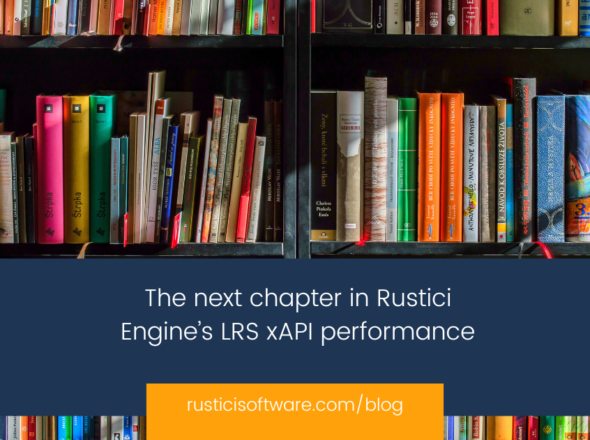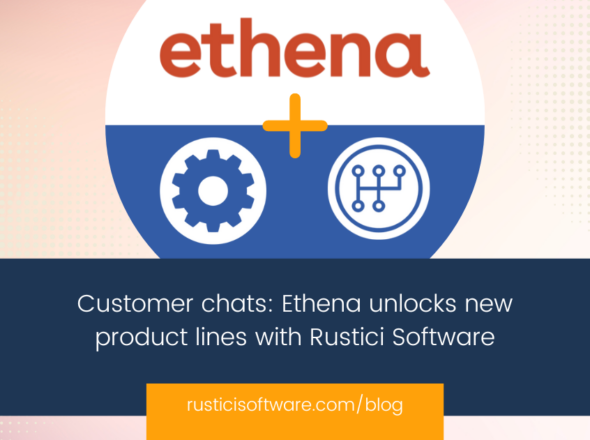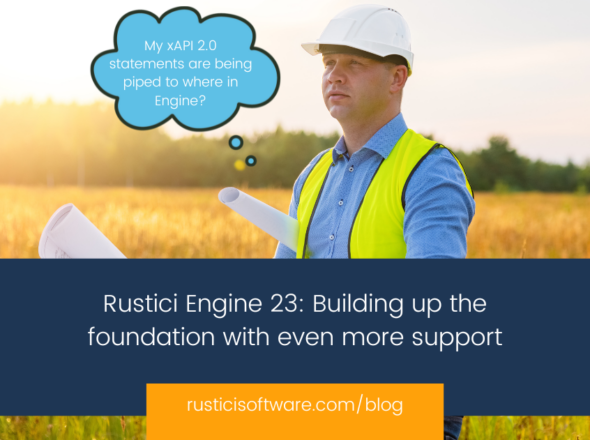This blog post is part of our “Ask Andy” series in which we publish Andy’s plain-spoken, straight-shooting answers to common or uniquely interesting (eLearning) questions. If you have a question, you can always fill out this form and ask Andy too.
Hi Andy,
We’re currently building a new web application, and we’re looking into using xAPI to capture more data than we can with SCORM. We know we need a Learning Record Store (LRS) to handle xAPI statements, but we aren’t sure which option is best for our app. What’s the difference between a headless LRS and one with reporting features already built into it? Can either one be integrated into our product?
Thanks,
Lost in LRS Land
Dear Lost in LRS Land,
Great question and one we’re starting to see more often as xAPI adoption rates are growing to track more advanced technologies, like AR, VR and serious gaming, with xAPI.
Here are my three questions to help you decide between an integrated/headless LRS and a full featured LRS.
How are you going to play your content?
One of the first things to think about is how you’re going to play your content in your web application, or stated another way, what is the source of your data. If you need to launch and track cmi5 packages or play content published in a variety of standards, including xAPI, then you’ll want to consider going with a content player, such as Rustici Engine, that supports multiple content types and includes an integrated LRS. Having a robust player with an LRS is the fastest and most versatile route to getting your application up and running.
Do you want to build your own reporting interface or visualize the data in a business intelligence tool?
Are your data sources coming from somewhere other than a traditional course? This could be because you’re building a platform that helps with in-person observation and you need more of a checklist than a content player, your custom-built system has very specific tracking needs or you need the LRS to be self-hosted on your own servers or cloud storage. Then an integrated LRS might be a good fit for you.
An integrated – or headless – LRS is simply a place to store xAPI statements. You’ll need to build your own reporting interface or have a BI tool to pipe statements out to so that you can surface and visualize your data. Our integrated LRS lives as a component inside of your system, is ADL-conformant and is supported by our team. SCORM Cloud LRS and Yet Analytics are a couple other examples of an integrated LRS.
Are you looking for a full-fledged reporting tool with an analytics dashboard?
If what you’re really wanting is an out of the box solution with an analytics dashboard already in place, then a Learning Analytics Platform (LAP) with an integrated LRS is what you’re looking for. An LAP, such as Watershed, will provide you with an LRS and the analytics capabilities of a BI tool all-in-one. Learning Pool and Veracity Learning are also popular analytics platforms.
Hopefully this helps you start narrowing down what your LRS needs are and where to go next. If you’re still weighing which LRS is best for your application, I’m here to help.
Best,
Andy


